Piercing Bumps Vs. Keloids: Key Differences And Treatment
A temporary bump or permanent scar? A guide to every piercing enthusiast’s worst nightmare.

Image: Shutterstock
Ever noticed a fresh little bump around your piercing? While it may seem like a minor annoyance, it often may warrant serious cosmetic intervention. Being able to distinguish a piercing bump Vs. keloid can help you rest your concerns. Both can appear near piercings. However, their causes, severity, and treatment methods differ significantly. This article discusses the key differences between them to help you identify them and explore treatment options. Read on to keep your piercings healthy and bump-free!
In This Article
What Is A Piercing Bump?
View this post on Instagram
So you have got a little bump hanging around your new piercing. It might be worrying, but before you jump to conclusions, let us discuss what it is.
A piercing bump is a localized inflammation triggered by factors such as irritation, improper cleaning, and sometimes, just your body getting used to the new jewelry. It may be your body’s natural response to the “wound” created by the piercing, similar to how you get a scab after a scrape.
A piercing bump can look like little red or white pimples, and it is typically tender to the touch. It is quite common, usually harmless, and treatable. However, it is essential to address it promptly. With proper care, you can get rid of it and keep your piercing healthy.
While recognizing a piercing bump is the first step, understanding its symptoms and causes is important. The next section sheds light on the various signs to watch out for, along with the potential triggers that might be causing the nasty bump.
Key Takeaways
- Piercing bumps are triggered by factors like irritation or improper cleaning.
- They are generally treatable with proper care and aftercare procedures.
- Keloids are persistent, raised masses of tissue that extend beyond the original wound.
- They may require more diverse treatments, including injections, laser therapy, or even surgery.
What Are The Symptoms And Causes Of A Piercing Bump?
Here are some of the common symptoms and causes of a piercing bump.
Symptoms
- Visible Bump: A piercing bump may appear as a small, raised protrusion near the piercing. Typically, the size may range from pinhead to pea-sized.
- Redness And Tenderness: It may be reddish or skin-toned in color and be sensitive to the touch. It may also be itchy.
- Discharge: The piercing bump may have the presence of pus or fluid around the bump. It could be clear or white colored.
Causes
- Irritation: A piercing bump may be caused by rough handling or excessive movement of the piercing. Additionally, the use of harsh chemicals around the piercing may also lead to bump formation.
Lintonia Winona, a blogger, revealed her nose-piercing ordeal due to a mishap involving her glasses. She wrote in her blog, “Literally 3 weeks in…my glasses slid off my nose, caught my nose ring! Ouch! (i)”. Despite initial success with a sea salt mask to manage the piercing bump that resulted from it, she recounted, “it came back a few weeks later, not trauma-induced, just unhappy, I guess.”
- Infection: A piercing bump may be caused by bacterial growth as a result of poor aftercare practices. Not cleaning your piercing properly and/or use of incorrect or harmful products for wound cleaning may also cause the bump.
- Allergic Reaction: The bump may be a result of sensitivity to certain metals or materials in the jewelry. It may be accompanied by other symptoms such as fever or skin rash. It is commonly seen in low-quality jewelry made from nickel, brass, bronze, copper, and pewter.
 Pro Tip
Pro TipWe have unpacked the symptoms and causes of a piercing bump. But our work is not done yet. It is important to differentiate it from its more persistent cousin: keloid. Keep reading to understand if your temporary bump might be something else entirely.
What Is A Keloid?

Sometimes, a bump can morph into something more serious – a keloid.
Think of a keloid like an overenthusiastic scar. Typically, the appearance of scar tissue fades over time, but a keloid keeps growing and forms a smooth, raised bump that extends beyond the original wound. This can happen after any injury or piercing, but people with darker skin tones may be more prone to them (1).
Instead of a nice and neat type of scar, your body might go into overdrive and produce too much collagen during the healing process. This surplus collagen leads to the formation of a keloid (1).
It is a raised, thickened, and sometimes itchy mass of tissue. They can be a bit annoying because they extend beyond the original injury site, unlike typical scars (hypertrophic scars) that tend to stay within the boundaries of the wound. They can sometimes keep growing even after the wound has healed.
Keloid scarring is most common in areas with minimal fatty tissue, like the chest, shoulders, and earlobes (1). So, you may notice a keloid near body piercings like cartilage piercings, earlobe piercings, etc. And they can range in size from a small bump to a more substantial, noticeable growth.
This overgrowth of scar tissue is not harmful in a health sense, but it may cause a cosmetic issue (1). Some people do not mind them at all, while others might find them bothersome.
Keloids might sound scary, but understanding their symptoms and causes can ease your worries. Continue scrolling to learn more.
What Are The Symptoms And Causes Of A Keloid?
Here are some common symptoms and causes of keloids.
Symptoms
- Raised And Overgrown Bumps: Keloids appear as thickened masses of tissue on the skin. They extend beyond the original wound or site of injury and their size varies from as small as a pimple to as large as a football (2).
- Color Of The Bump: The color of keloids may range from pink to dark brown
- Itching And Discomfort: Keloids can be itchy and might cause discomfort or tenderness
Causes
- Genetic Predisposition: If keloids run in your family, you might be more prone to developing them (1).
- Skin Type: Individuals with higher melanin content are more susceptible to keloid formation (1).
- Injury Or Trauma: Keloids often result from skin injuries, like cuts, burns, surgical incisions, or even severe acne scars.
- Excess Collagen Production: They are formed due to the overproduction of collagen during the healing process. Instead of forming a regular scar, the body produces an excess, leading to the raised and thickened appearance of keloids.
- Location: Tend to occur in areas with minimal fatty tissue, such as the chest, shoulders, and earlobes.
Do not let bumps confuse you! The next section acts as your personal guide, dissecting the key differences between piercing bumps and keloids.
Piercing Bump Vs. Keloid: Key Differences

While both piercing bumps and keloids can appear after getting your ears adorned, understanding their key differences is important. Here are some of the distinguishing features that can help you determine what you are dealing with and navigate the best course of action:
- Appearance
| Piercing Bump | Keloid |
| Looks like a small raised lump near the piercing site. | Appears as a larger, raised mass of tissue. |
| Often red or pinkish in color. | Can vary in color, from pink to dark brown. |
| Can have some discharge, like clear fluid or pus. | Usually extends beyond the original wound or piercing site. |
- Location
| Piercing Bump | Keloid |
| Typically right next to the piercing hole. | Common in areas with minimal fatty tissue, such as the chest, shoulders, or earlobes. |
| Limited to the immediate area of the piercing. | Extends beyond the original wound, covering a larger surface. |
- Development
| Piercing Bump | Keloid |
| Often arises due to skin irritations, infection, or improper aftercare. | Develops during the healing process after an injury, like a cut, burn, or piercing. |
| Can appear shortly after getting a piercing. | Growth may continue even after the wound has healed. |
- Risk Factors
| Piercing Bump | Keloid |
| Poor aftercare practices, such as using harsh cleaning solutions. | Genetic predisposition (family history of keloids) and individuals with higher melanin content. |
| Trauma or injury to the piercing site. | More common in some areas of the body. |
Ready to banish those pesky bumps for good? Keep reading to learn about treatments for piercing bumps to achieve smooth, bump-free piercing.
Treatment For A Piercing Bump

While piercing bumps might be concerning, they are quite common and often treatable. Here are some general tips to help you manage them:
- Use a mild, fragrance-free sterile saline solution or a product recommended by your piercer to clean your piercing twice a day.
- Avoid harsh soaps, alcohol, or antibacterial products.
- Also avoid harsh chemicals, cosmetics, and hair products that could irritate your piercing.
- Use antiseptic solutions to deal with infected piercings and painless bumps.
- Chamomile tea has been suggested by some individuals as a potential home remedy for soothing piercing bumps. Soak a warm chamomile tea bag in warm water and then apply it as a compress to the affected area.
- Do not touch, twist, or play with your piercing, as this can irritate it further.
- After cleaning, pat the area dry with a clean, lint-free gauze or paper towel.
- Apply a warm compress made with clean water for 5-10 minutes, 2-3 times a day.
- Mix 1/4 teaspoon of sea salt with a cup of warm water and soak your piercing for 5-10 minutes, 1-2 times a day.
- Wear loose-fitting clothing around your piercing to avoid snagging and friction.
 Quick Tip
Quick TipSo, this is how to get rid of piercing bumps through gentle care. Both piercing bumps and keloids have treatment options, but they differ. Continue scrolling to discover strategies and treatments you can employ to deal with keloids on your piercings.
Treatment For A Keloid

Here are some treatments for keloids. However, consult a board-certified dermatologist or a healthcare practitioner to understand your options and for personalized treatments.
- Corticosteroid injections can help reduce inflammation and shrink the keloid.
- Applying silicone gel sheets to the keloid for several hours daily may help flatten and soften it.
- Freezing the keloid with liquid nitrogen as mediated in cryotherapy can be effective for smaller ones.
- Different types of lasers can target and reduce the keloid tissue.
- In severe cases, surgical removal might be an option, but keloids can recur even after surgery.
If you are hesitant to see a doctor and want to know how to get rid of keloids naturally, you may try topical application of ingredients like apple cider vinegar, baking soda, honey, etc. Understanding the distinctions between piercing bumps vs. keloids is key to managing them effectively. Gentle cleaning, avoiding irritants, and patience are key to addressing piercing bumps. Keloids, on the other hand, are more serious scar formations requiring professional diagnosis and treatment. Nevertheless, proper aftercare from the start is your best defense against both piercing bumps and keloids. So, whether you are dealing with a temporary piercing bump or a more stubborn keloid, being proactive with your care routine and seeking professional advice when needed will keep your piercings happy and your skin bump-free.
Frequently Asked Questions
Can a bump turn into a keloid?
Yes, a bump near a piercing can potentially evolve into a keloid. Especially if there is a predisposition or if the area is continuously irritated.
How long does a piercing bump last?
The duration varies, but with proper care instructions, most piercing bumps improve within a few days to weeks. However, persistent bumps may require professional attention.
Do keloid bumps from piercings go away?
Keloids are often persistent and may not resolve on their own. Treatment options like steroid injections or surgical procedures may be considered.
Should I remove my piercing when I have a keloid?
Removing the piercing might not necessarily eliminate the keloid. Consult with a healthcare professional for personalized advice on managing the keloid while preserving the piercing.
Will the bump on my piercing heal on its own?
In many cases, with proper care, piercing bumps can improve and heal on their own. However, persistent or worsening bumps should be assessed by a professional.
Are keloids soft or hard?
Keloids typically feel firm or hard to the touch due to an excess of collagen.
How long does it take for a keloid to form?
Keloids can form gradually during the healing process, and their development timeline varies. Hence, it is essential to monitor any unusual skin growth after an injury or piercing.
Curious about mysterious bumps on your piercings? Watch the following video for expert insights on causes and solutions for the issue, as it explains the difference between harmless bumps and keloids.
Personal Experience: Source
StyleCraze's articles are interwoven with authentic personal narratives that provide depth and resonance to our content. Below are the sources of the personal accounts referenced in this article.
(i) Heal nose ring bump with turmeric!https://hairglorytype4story.wordpress.com/2015/06/04/heal-nose-ring-bump-with-turmeric/
References
Articles on StyleCraze are backed by verified information from peer-reviewed and academic research papers, reputed organizations, research institutions, and medical associations to ensure accuracy and relevance. Read our editorial policy to learn more.
- Keloid
https://www.ncbi.nlm.nih.gov/books/NBK507899/ - Keloid scars: signs and symptoms
https://www.aad.org/public/diseases/a-z/keloids-symptoms
Read full bio of Rodrigo Casco
Read full bio of Vaishali Sinha
Read full bio of Subhrojyoti Mukherjee
Read full bio of Shreya Mukherjee






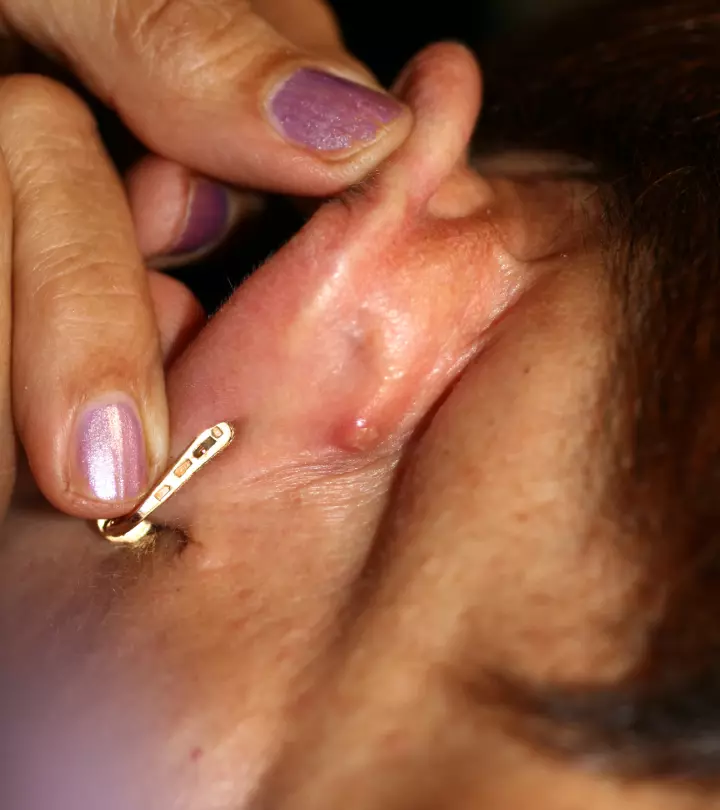




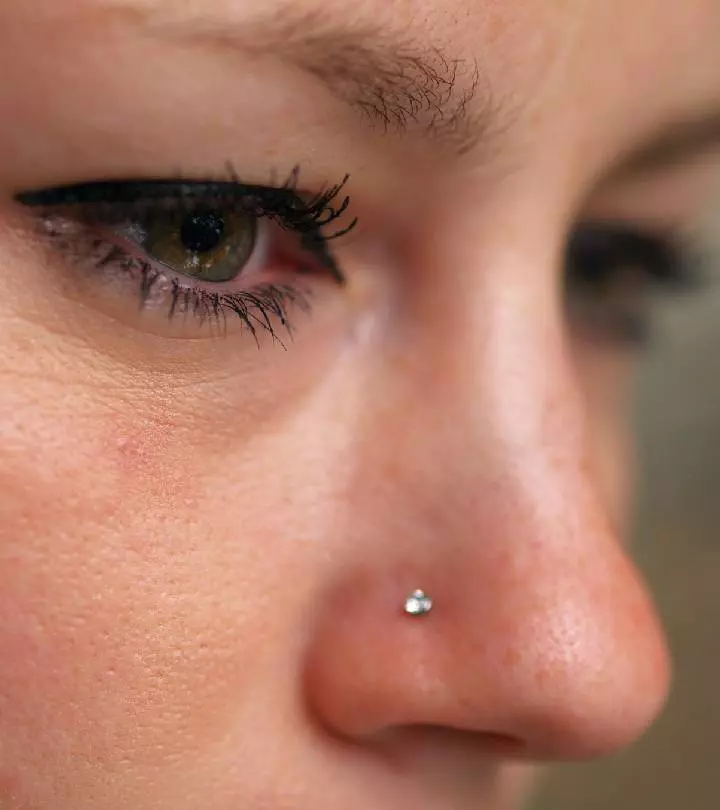

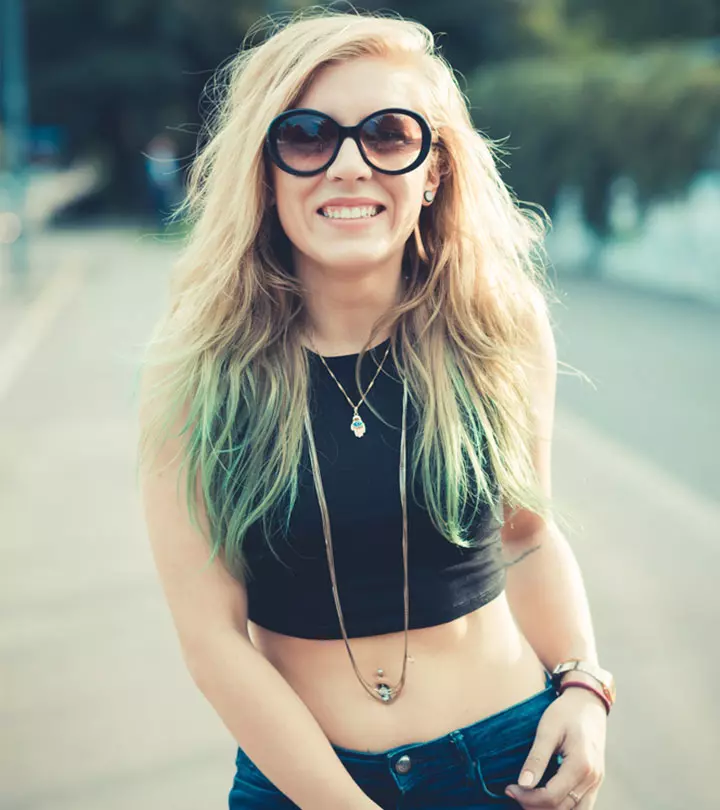
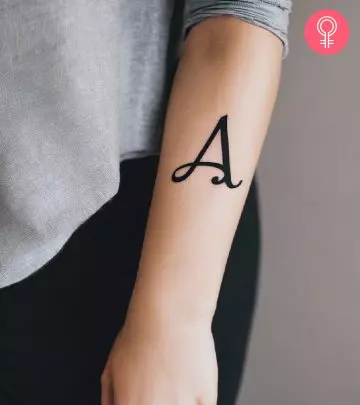









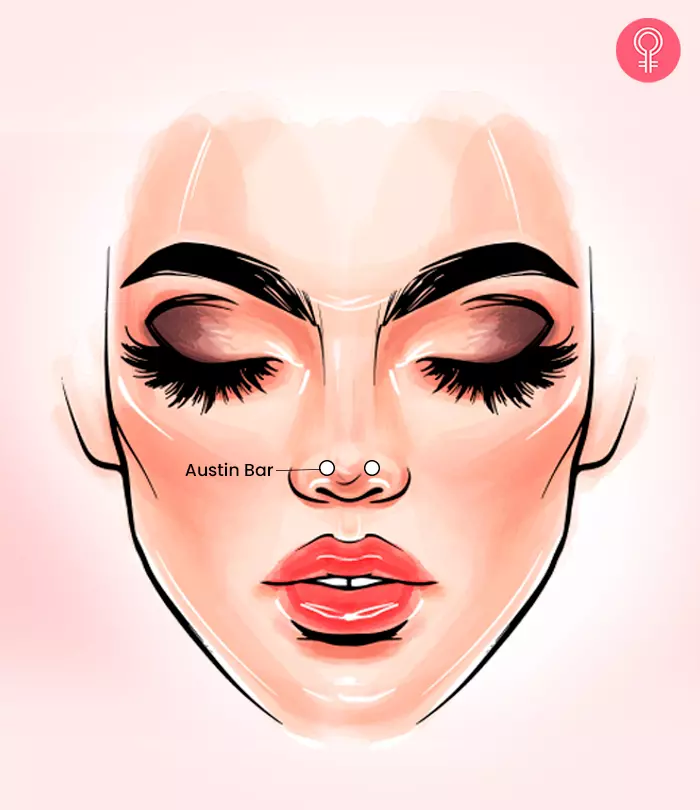

Community Experiences
Join the conversation and become a part of our empowering community! Share your stories, experiences, and insights to connect with other beauty, lifestyle, and health enthusiasts.